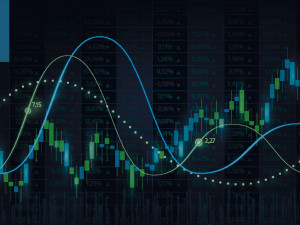
Sterling shows resilience
Morning mid-market rates – The majors
June 2nd: Highlights
- Manufacturing data remains strong
- Opinion polls largely disregarded
- Employment precursor predicts strong NFP
Sterling buoyant as race enters last week
The pound made significant strides against the dollar and euro as traders gave up reacting to opinion polls which have not only become difficult to understand but give wildly differing views.
The Leaders (minus one) debate on BBC has been criticized as the polling company responsible for the audience failed in its vetting and ended up with a left leaning group.
The criticism was extended to Conservative Leader Theresa May who chose not to attend,
deciding that since she was answering questions from all comers already why bow to an invited audience.
Sterling reached highs of 1.2916 against the dollar and 0.8683 before ending a little lower on profit taking. Ranges are narrowing as the election approaches and as we enter next week it would be surprising if liquidity stays as reliable as it has been recently.
May manufacturing activity was also released and showed surprising strength considering the slowdown in the economy. It fell a little from April’s three year high but was still the second strongest in that period!
Considering your next transfer? Log in to compare live quotes today.
ADP Jobs report shows robust growth
This positive report bodes well for the NFP later although there is not always a good correlation between the reports.
The dollar remained subdued against the buoyant pound but rallied a little versus the common currency as profit taking on long positions was triggered. The Euro had again reached 1.1250 before the report and fell back to test support at 1.1200.
Eurozone manufacturing data was also released showed continuing strength as has been the case over the previous few months. The dilemma facing the ECB is perfectly illustrated by this data. Next week Greece will release a Q1 GDP revision and it is feared it will be worse than the 0.5% contraction already reported.
The 1.1250 level is proving a tough obstacle for the Euro. It has now reached there during four sessions but lack momentum to break through and it may be that a deeper correction is seen before another attempt.
“Risk on” gives dollar a base
The AUD has fallen from a high of 0.7775 to a current level of 0.7380 since mid-March. This has been due to falling commodity prices as well as concerns over Chinese demand for raw materials.
San Francisco Fed Chairman John Williams in a speech in Seoul commented that he expects a three-hike strategy from the FOMC this year but it prepared for an upside surprise that could lead to a fourth hike. There is some concern that the Fed isn’t allowing sufficient time between hikes to see their effect on the economy. There is no tangible evidence that the economy is overheating so three hikes in six months could be excessive even coming from such a low base.
Tomorrow’s employment report is being seen as the final piece in the monetary tightening jigsaw since the FOMC minutes commented that it will be data that decides the path of increases.
Have a great day!

About Alan Hill
Alan has been involved in the FX market for more than 25 years and brings a wealth of experience to his content. His knowledge has been gained while trading through some of the most volatile periods of recent history. His commentary relies on an understanding of past events and how they will affect future market performance.”



